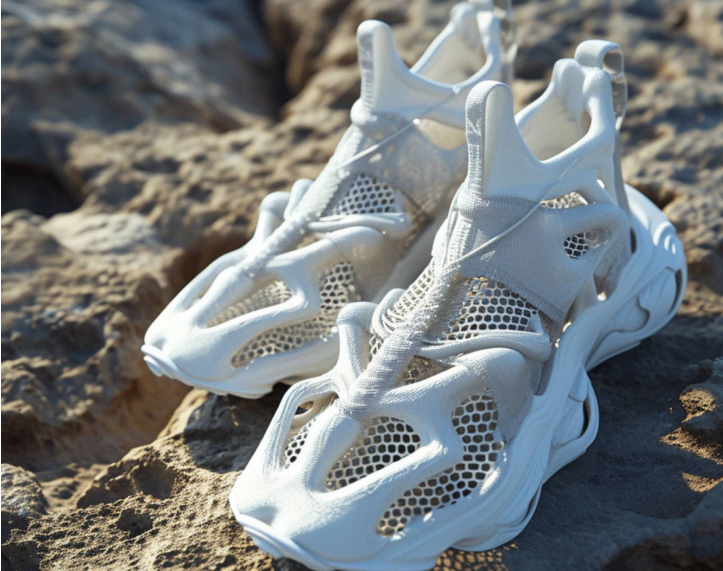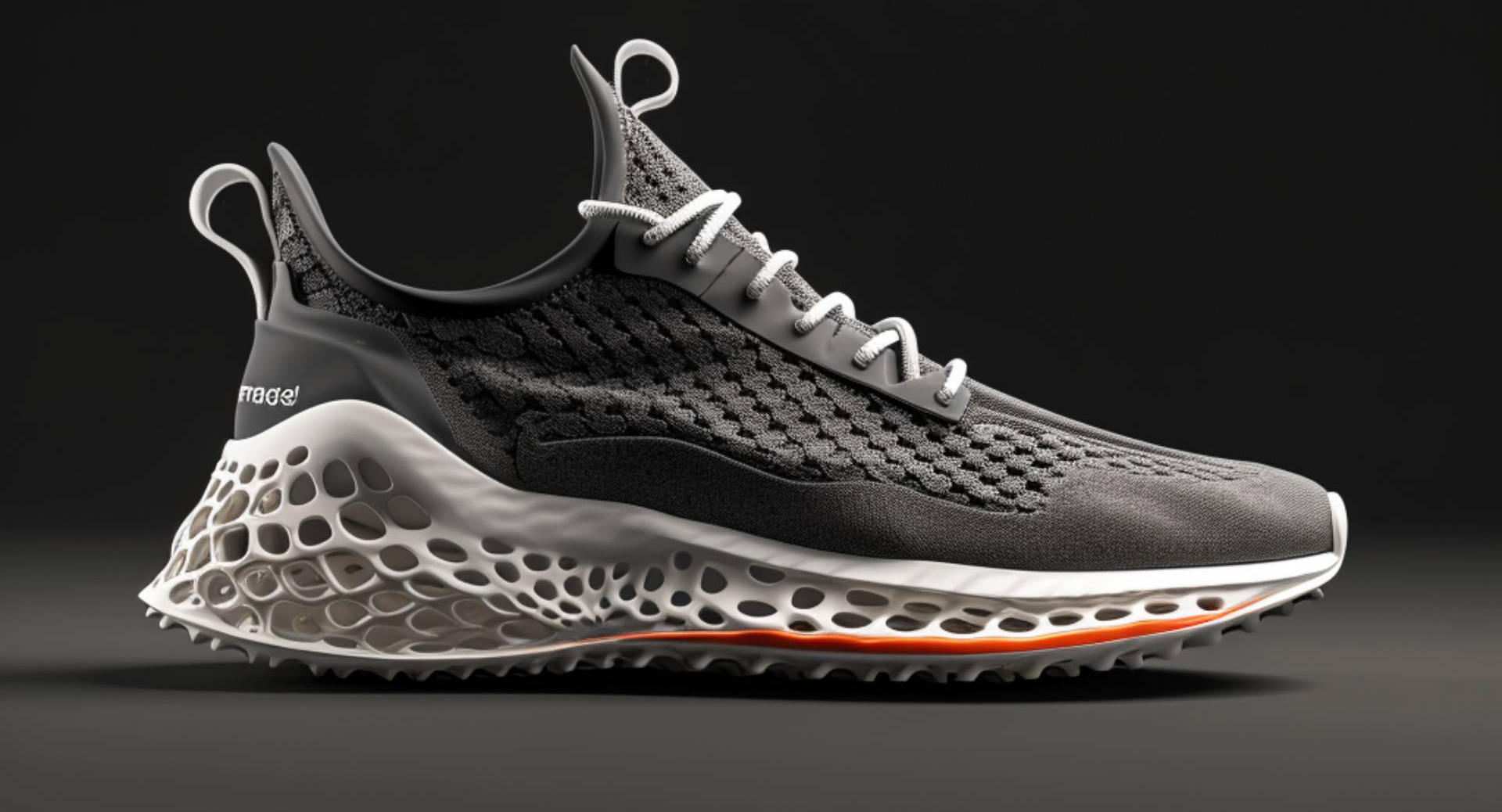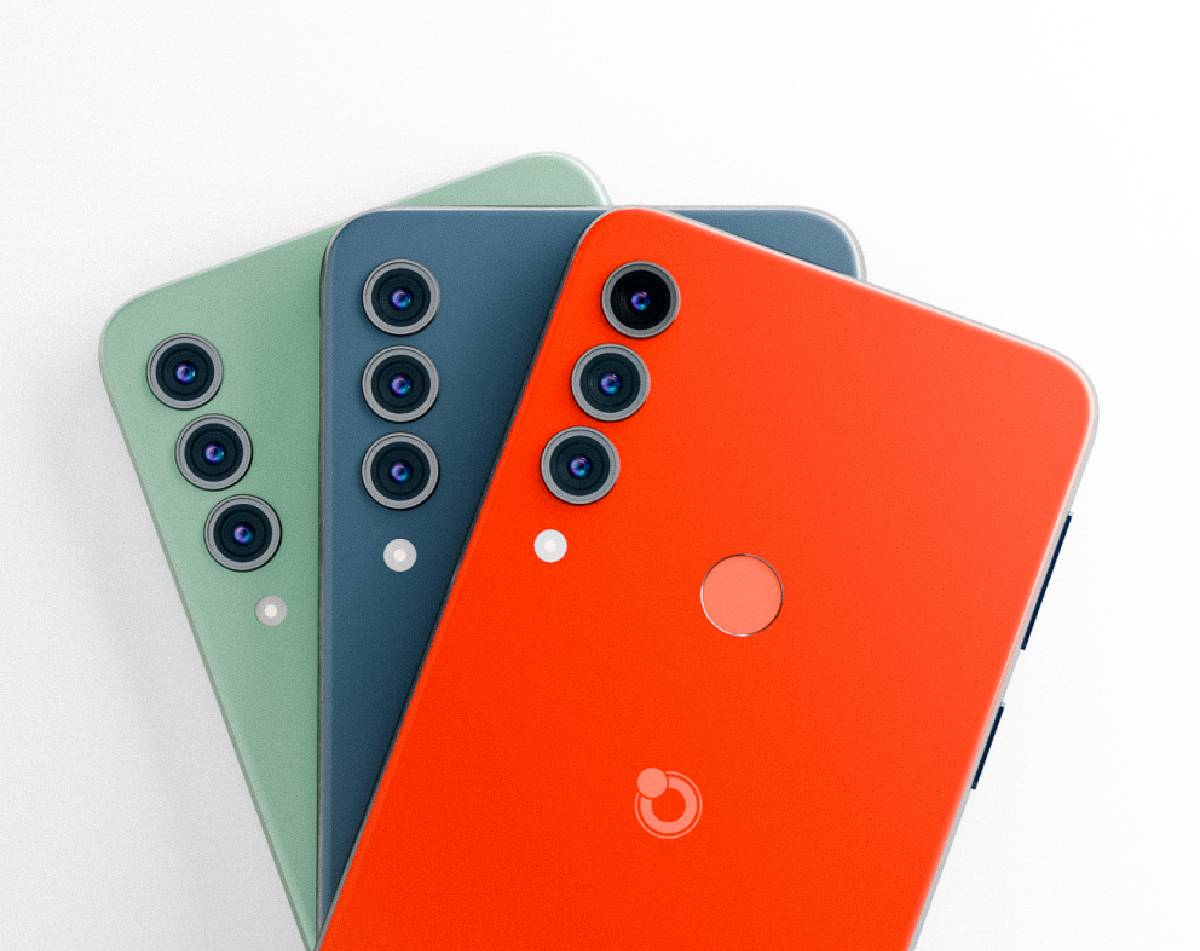Advanced 3D Surfacing
Your CAD Nightmare Is Our Creative Playground.
We push the boundaries of advanced 3D rendering to bridge concept and reality. From intricate product visuals to expansive architectural environments, our expertise ensures stunning detail, lifelike textures, and dynamic lighting, creating immersive, high-precision visuals that captivate and inform.

We bring precision and artistry to every render. From ISDx (née CDRS) and Rhino3D with Grasshopper to Blender and beyond, we craft visuals that push the limits of possibility.
What we do
Grasshopper 3D Expert
Grasshopper is a visual programming environment that allows designers to create complex parametric models without traditional code. It is a plugin for Rhinoceros 3D (Rhino) that enables designers to generate algorithms, automate design processes, and generate dynamic associated geometries such as NURBS surfaces and meshes, to explore design alternatives.
Experts in CREO + ISDx
The Creo Interactive Surface Design Extension (ISDX) is most used for creating freeform surfaces and curves within Creo Parametric software. It is the Ultimate integration of 3D design and engineering by combining parametric modelling with freeform surfacing, allowing users to build complex freeform geometry and conceptual designs efficiently.
Experts in Blender

BangDesign is a multidisciplinary Product Design and Engineering firm, a Product Intelligence resource, a destination for Marketing Assets, and a creative partner for ambitious ventures.
800+
Projects
27
World’s Firsts
$500Mn+
Revenue Delivered
50Mn+
Products shipped

What Sets Us Apart
Complexity becomes effortless
Effortlessly create intricate forms and explore a vast design space with unparalleled ease.
Efficiency meets artistry
Streamline your workflow while unleashing your brand’s creative and design potential.
Design becomes reality
Our team's expertise bridges the gap between 3D surfacing and translating it into solid models that are the first step to manufacturing, ensuring your creations seamlessly transition from concept to production.
We were blown away by the incredible attention to detail in the renderings for our cricket helmets. The surface texture felt unbelievably lifelike, and the way light flowed across every curve and contour brought our design to life with stunning realism. Truly exceptional work!
Subscribe now to get started
Get unlimited access to:
Our Process
What happens after you start?
Step 1
Share a Sketch
A rough sketch with enough detail, or reference images is enough to start.
Step 2
Form Moodboard
We both agree on a visual language via a mood board created from our image library.
Step 3
Prepare the Model
We prepare the broad surface model. Discussion on Visual Coherence and Technical Feasibility.
Step 4
3D Textures and Feature Application
Either through programming environment or manually created.
Step 5
Optimise Surface
Final adjustments with both your marketing and engineering teams.
Marketing Assets Transfer
The surface files are transferred to 3D CGI teams.
Engineering Transfer
Surface Files are transferred to product integration and engineering teams.
Insights
Trade, Technology and The Allure and Illusion of Industrial Policy
Danbo: The Cardboard Robot That Conquered the World
How Do You Build Something People Want?
Why Are Feature Phones Making a Comeback?
Frequently Asked Questions
What is Digital Sculpting?
Digital sculpting is the process of creating three-dimensional (3D) objects using software that mimics the traditional sculpting techniques of manipulating clay or other materials. It involves using specialised tools in the software to shape and refine digital models, often starting with a basic shape or base model and gradually adding details and textures to achieve a realistic and detailed final product.
Digital sculpting is particularly well-suited for creating “organic” surfaces and other quasi-natural forms, which require intricate details and realistic textures. The process involves multiple layers of refinement, with the artist using various tools in the software to push, pull, pinch, and smooth the digital clay to achieve the desired shape and appearance.
It’s like having a virtual lump of clay that you can manipulate and shape on your computer screen to create the form and details of a product, such as a car, aeroplane, or any other fluid form.
How do the tools and techniques of digital sculpting benefit the design profession?
- Rapid Design Iteration: Unlike traditional clay models, digital sculpting allows for quick and easy changes to the design. This lets industrial designers and transportation stylists explore a wider range of ideas and refine their creations efficiently.
- Organic and Fluid Shapes: Digital sculpting software excels at creating smooth, flowing surfaces that are difficult to achieve with traditional methods like hand-sketching or physical modelling. This is crucial for designing the aerodynamic and visually appealing forms of transportation vehicles.
- Collaboration and Visualization: The 3D models created through digital sculpting can be easily shared and reviewed electronically, fostering better collaboration between designers, engineers, and other stakeholders. Additionally, these models can be used to generate realistic renderings and animations, helping to visualise the final product before it’s physically built.
- Precision and Detail: Digital sculpting tools offer a high degree of precision, allowing designers to create intricate details and features on their models. This is essential for capturing the specific aesthetics and functionality of transportation vehicles.
What are the main advantages of Digital Sculpting over traditional clay modelling?
- Increased Efficiency: Digital sculpting allows for faster and more efficient creation of detailed models, as it eliminates the need for manual manipulation of clay and the time-consuming process of creating resin or plaster moulds and casts.
- Flexibility and Versatility: Digital sculpting offers greater flexibility and versatility, as it allows for easy manipulation of the model, including the ability to undo mistakes and make changes quickly.
- Higher Level of Detail: Digital sculpting can achieve a higher level of detail and precision, as it can create intricate textures and patterns that are difficult to achieve with traditional clay modelling.
- Cost Savings: Digital sculpting can reduce costs by eliminating the need for materials like clay, moulds, and casts, as well as the time and labour required for manual sculpting.
- Collaboration and Sharing: Digital sculpting enables seamless collaboration and sharing of designs, as digital models can be easily shared and edited by multiple designers across geographies.
- Real-Time Feedback: Digital sculpting provides real-time feedback, allowing designers to see the results of their work immediately and make adjustments accordingly.
- Scalability: Digital sculpting can be scaled up or down easily, making it suitable for a wide range of projects, from small figurines to large-scale models.
- Error Correction: Digital sculpting allows for easy error correction, as mistakes can be quickly undone and corrected without having to start over from scratch.
- Time-Saving: Digital sculpting saves time by eliminating the need for manual sculpting, moulding, and casting, which can be a time-consuming process.
- Enhanced Creativity: Digital sculpting can enhance creativity by providing a wide range of tools and techniques that can be used to create unique and innovative designs.
How does Grasshopper 3D Compare to other surface design tools?
- Grasshopper: Focuses on parametric modelling, allowing users to define relationships between design elements and manipulate them through sliders, dials, and other controls. This is useful for creating complex, organic shapes and exploring design variations. It doesn’t directly create surfaces, but uses Rhino’s built-in surfacing tools based on user-defined parameters. The Parametric Design approach allows for faster exploration of design variations and optimization. The User-friendly interface with drag-and-drop functionality can be overwhelming and has a learning curve, but requires no knowledge of traditional coding.
- Traditional Surface Design Tools: (e.g., Alias, CATIA, SolidWorks, CREO ISDx) These are standalone software applications specifically designed for creating and manipulating complex surfaces. They offer a wider range of dedicated tools for tasks like surface creation, editing, continuity analysis, and sculpting. They provide more precise control over surface creation and editing. But the absence of parametric modelling and customization, makes them less flexible for exploring design variations.
How do you select a digital sculpting or Advanced 3D CAD surfacing tool for your project?
- For complex, organic shapes with a focus on design exploration and rapid iteration: Grasshopper + Rhino is a great choice due to its parametric design capabilities and user-friendly interface. However, it might not be ideal for high-precision Class-A surfacing.
- For high-end, complex surfacing in industries like automotive and aerospace: Alias and CATIA are industry standards known for their advanced surfacing tools and Class-A capabilities. They are powerful but also come with a higher learning curve and cost. BangDesign currently does not support either of these tools.
- For a balance between design flexibility, precise surface creation and integration with existing engineering workflows: a. Creo ISDx offers a good option for surfacing within the Creo environment, facilitating data exchange with other Creo modules. b. Solidworks offers a good mix of features and is widely used across various industries. But has relatively lower surfacing capabilities.
- Complexity: How intricate and organic are the shapes you need to create?
- Precision: Do you need Class-A surfacing for high-end products like cars or aeroplanes?
- Design Iteration: How important is it to explore design variations quickly?
- Downstream Applications: Will the surfacing data be used for engineering analysis DFMA, prototyping or manufacturing?
- Skillset: Are you comfortable with parametric design or traditional CAD workflows?
- Budget: How much are you willing to invest in software licensing and training?
- Team Collaboration: Does your team require compatibility with specific software used by engineers or other departments? This is often the consideration with the most weight
- You can combine these tools in some cases. For example, you could use Grasshopper for initial design exploration and then export the data to CREO for further refinement.
- There are also cloud-based surfacing options emerging. We are keenly watching this space





